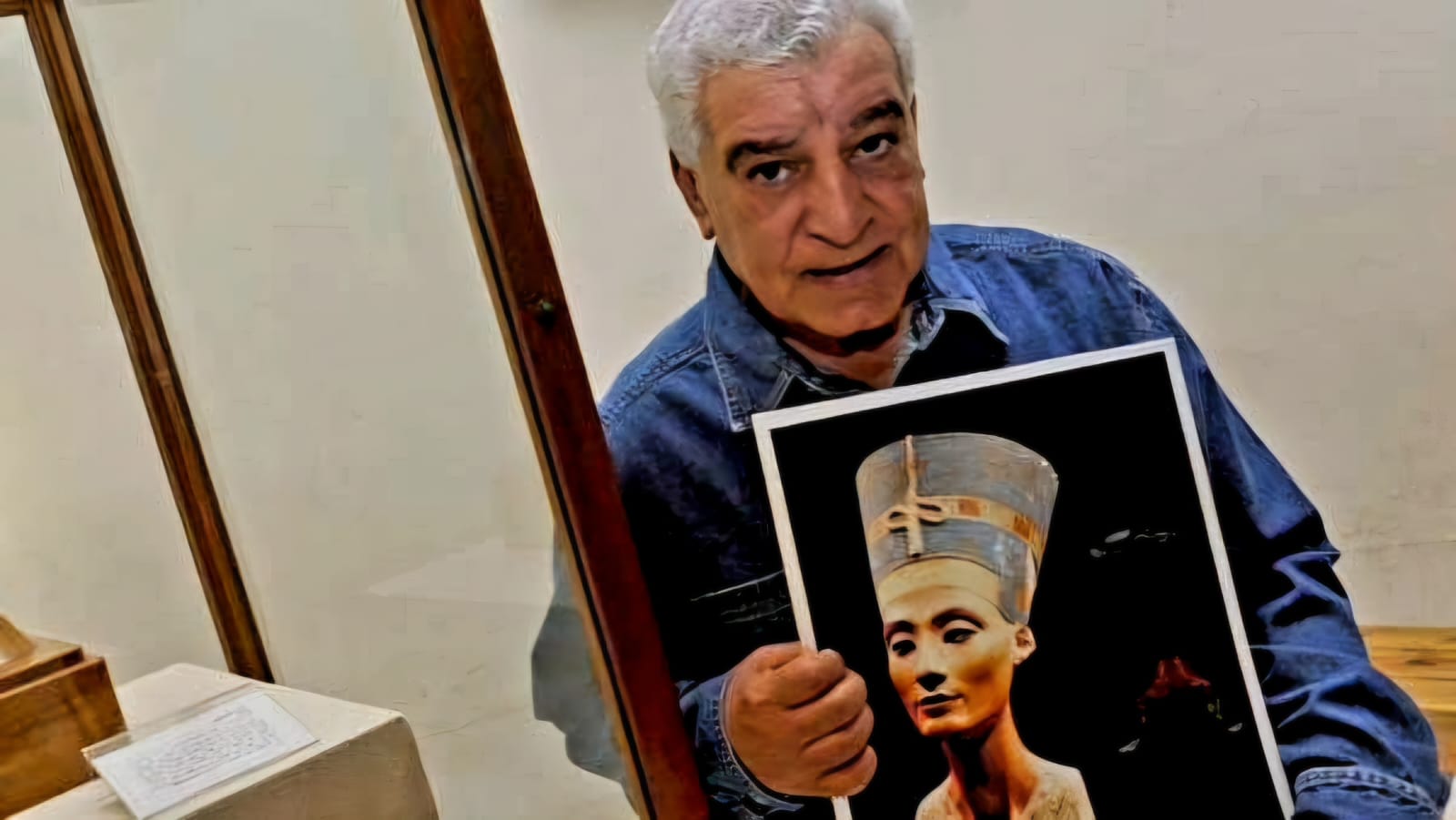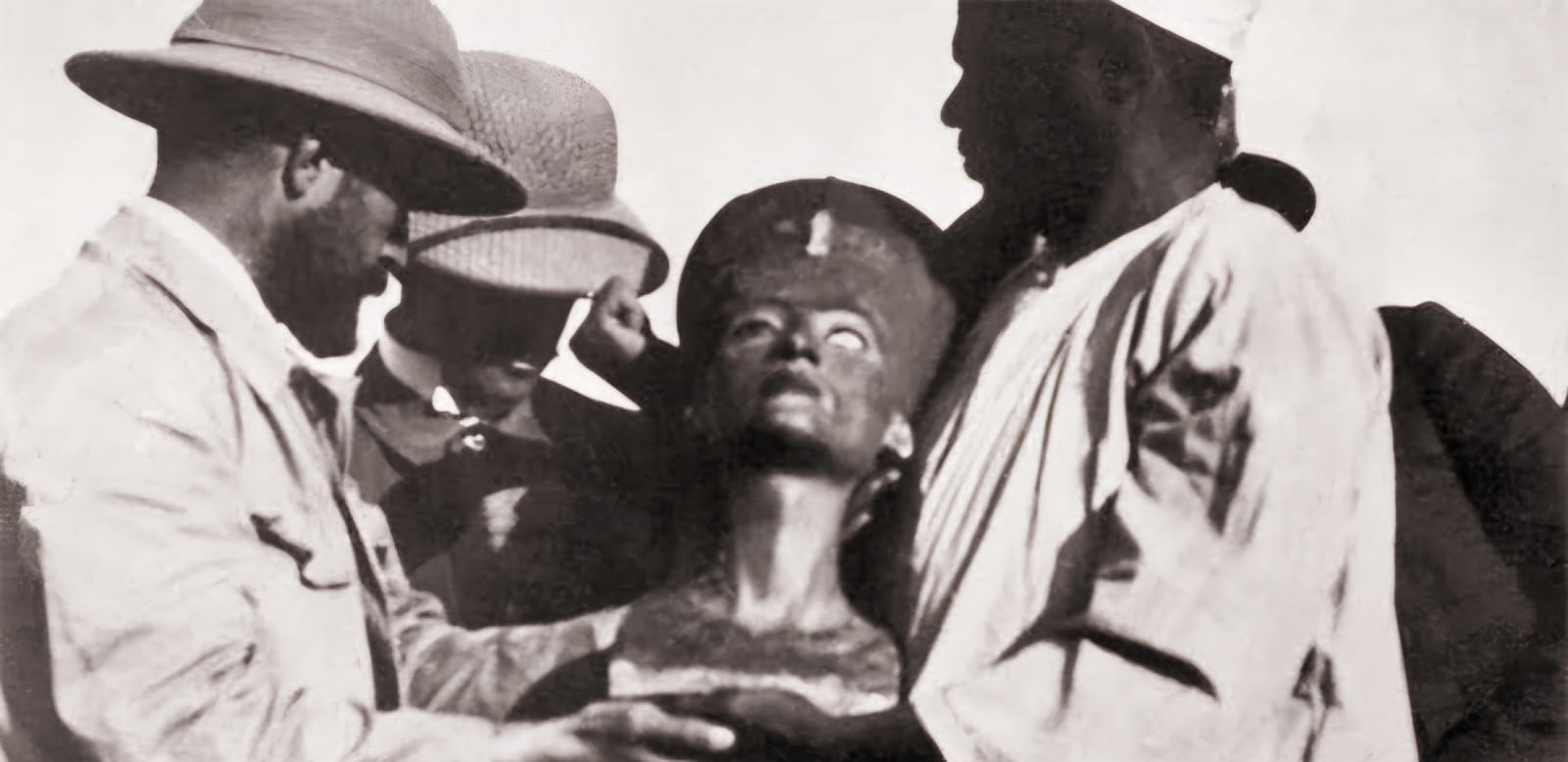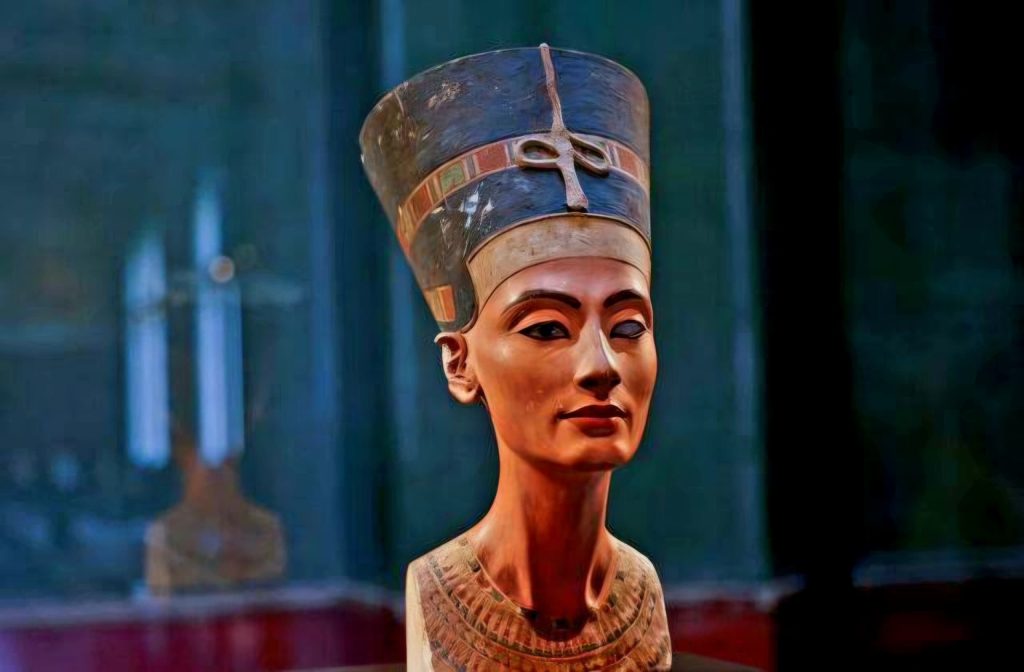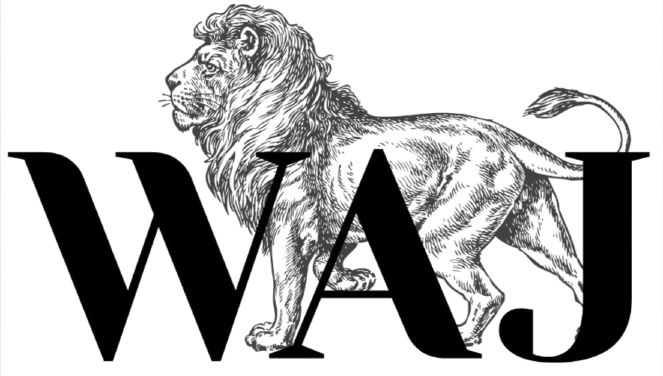Egypt’s former antiquities minister, Zahi Hawass, has launched a petition calling on Germany to return the famous bust of Queen Nefertiti, currently housed in Berlin’s Neues Museum. Hawass, a prominent advocate for the repatriation of Egyptian artifacts, aims to bring back one of Egypt’s most renowned historical treasures.
The bust, believed to date back to 1345 BC, was discovered by a German archaeological team in 1912 during excavations in the ancient city of Amarna. It was transported to Europe the following year and has remained in Germany ever since. The artifact, made of painted limestone, is celebrated for its craftsmanship and serves as a symbol of ancient Egypt’s rich culture.
Amarna, where the bust was found, was once the capital of Egypt under Pharaoh Akhenaten, the husband of Queen Nefertiti. Located on the east bank of the Nile River in Minya province, the city was abandoned following Akhenaten’s death in 1335 BC, leaving behind a wealth of archaeological discoveries from this unique period in Egyptian history.
Hawass’s petition renews the debate over the ownership of the Nefertiti bust. While Egypt argues that the artifact was removed under questionable circumstances, Germany has maintained that it was legally acquired. The petition aims to bring international attention to Egypt’s call for the return of this significant piece of its heritage.
What are the details of the petition?
Zahi Hawass has initiated a petition demanding the return of the Nefertiti bust, asserting that it was taken from Egypt unlawfully over a century ago. The petition advocates for the artifact’s return, stressing its importance to Egypt’s cultural legacy.

Hawass clarified that this petition is led by a national committee, not a government entity, emphasizing its independent nature. “We are declaring today that Egypt, represented by this committee, is requesting the return of the Nefertiti bust,” Hawass stated.
He also noted that the petition does not address artifacts that were legally removed. Instead, his focus is on retrieving three major items: the Nefertiti bust, the Rosetta Stone, and the Dendera Zodiac. The Rosetta Stone, crucial for deciphering Egyptian hieroglyphs, is currently displayed at the British Museum in London. The Dendera Zodiac, a large stone relief from a temple dating back to the mid-1st century BC, is housed in the Louvre Museum in Paris. Hawass’s campaign highlights Egypt’s aim to recover these significant cultural artifacts.
Germany’s Stance on the Nefertiti Bust
Germany asserts that the Nefertiti bust was legally obtained through an agreement with Egypt. This deal, facilitated by German financier James Simon, involved a 50:50 split of approximately 10,000 artifacts discovered during a German-led excavation. Egyptian representatives selected half of the artifacts, while the remaining pieces, including the Nefertiti bust, were sent to Germany. The bust has since been a central exhibit at Berlin’s Neues Museum, drawing significant attention.

A controversy arose between Germany and Egypt, then a British protectorate, over the bust’s ownership soon after it arrived. During World War II, the bust was concealed and later relocated to the Egyptian Museum in West Berlin before being returned to the Neues Museum in 2009.
Egypt has consistently called for the bust’s return, accusing German Egyptologist Ludwig Borchardt, who oversaw the excavation of unlawfully removing the artifact. The Neues Museum has not yet addressed the latest petition, which coincides with the bust’s 100th anniversary at the museum in April.

